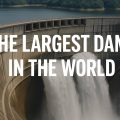⚡The Earliest Hydropower Dams in the World

Discover the earliest hydropower dams in the world—from Cragside to Niagara and Krka—and how they launched the age of renewable electricity.
When we think of hydroelectric power today, we picture massive dams like Hoover or Itaipú—cathedrals of concrete holding back rivers to fuel entire cities. But the origins of this renewable powerhouse began humbly in the 19th century, when rivers first lit lamps and powered industry. Let’s travel back to the dawn of modern hydropower and meet the pioneers who turned falling water into electricity.
🔌 1. Cragside, UK (1878) – The First House Powered by Water
In the quiet hills of Northumberland, Lord Armstrong’s estate became the first home in the world lit by hydroelectricity. A small turbine fed by local streams powered arc lamps in Cragside, blending Victorian luxury with futuristic innovation.
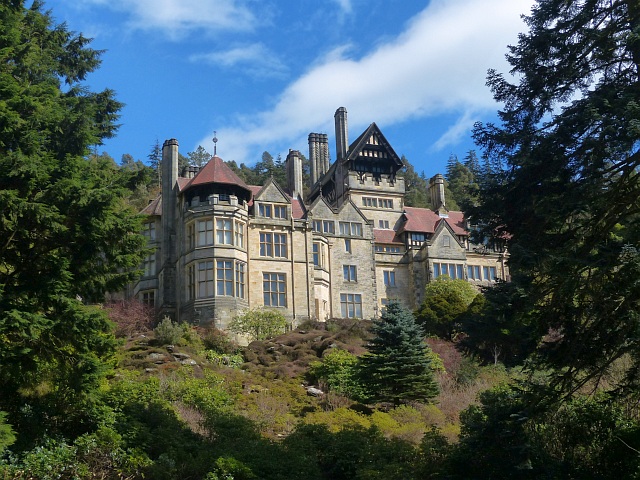
🏞️ 2. Appleton, Wisconsin, USA (1882) – The First Hydroelectric Power Plant
On the Fox River, the Appleton Edison Light Company flicked the switch on September 30, 1882, becoming the first commercial hydroelectric central station. It powered just two paper mills and a house—but marked the true beginning of hydropower as an energy industry.
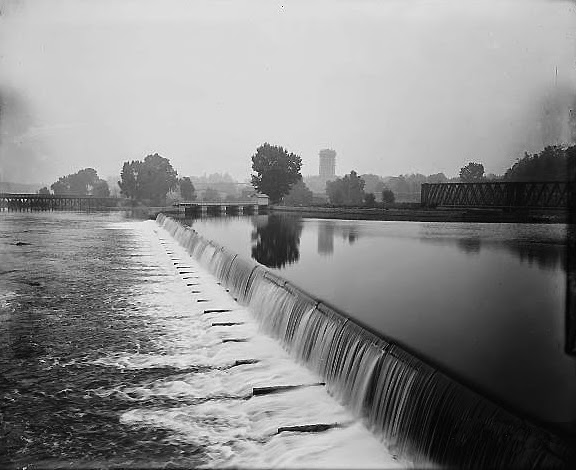
🌊 3. Niagara Falls, USA/Canada (1895) – The World’s First Large-Scale Hydroelectric Project
Niagara’s roaring waters had long inspired awe, but in 1895 they began generating something even more transformative: AC electricity. With the help of Nikola Tesla and George Westinghouse, the Niagara plant sent current 20 miles to Buffalo, proving long-distance transmission was possible—and revolutionizing the energy game.
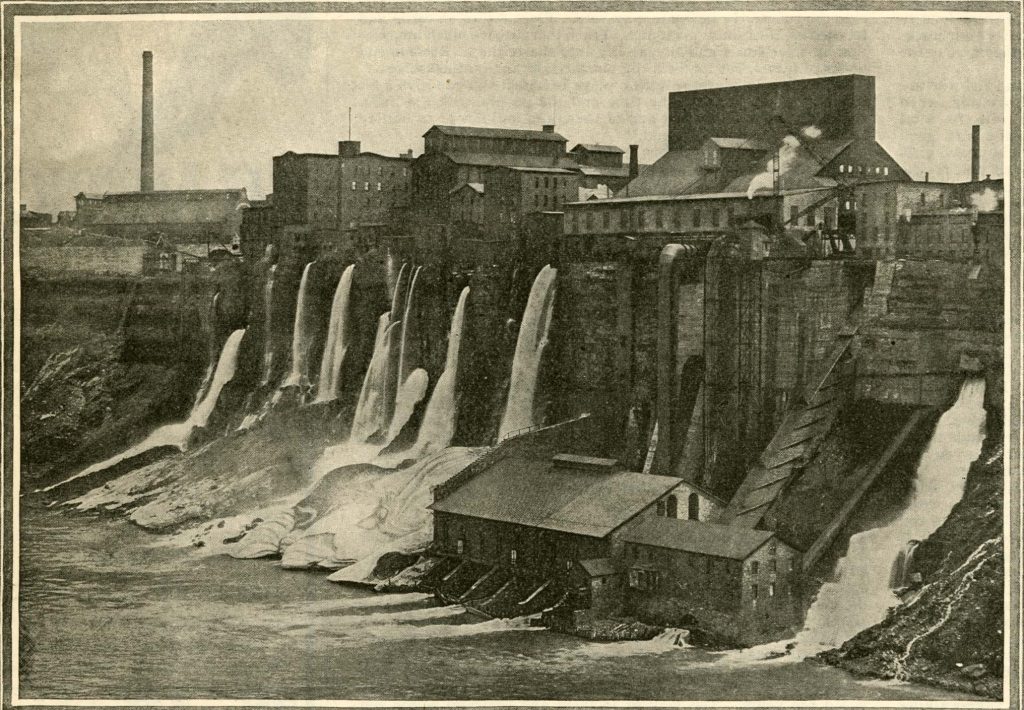
🇭🇷 4. Jaruga Hydropower Plant, Krka River, Croatia (1895) – Europe’s Pioneer
Just two days after Niagara, the Jaruga Hydroelectric Power Plant lit up the Dalmatian town of Šibenik. Interestingly, Tesla—born in today’s Croatia—played no role in the creation of the Krka hydropower plant. Powered by the Krka River’s waterfalls, it became one of the first AC plants in Europe, distributing electricity to a full city before most of the continent even had electric lighting.
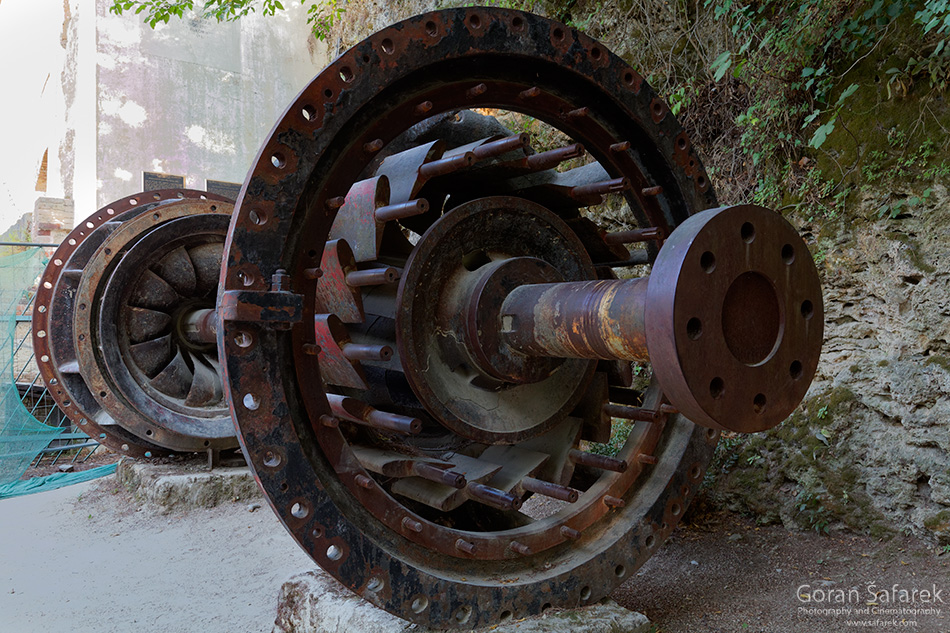
🇳🇴 5. Hammerfest, Norway (1891) – First Hydropower for an Entire Town
Small but mighty, Hammerfest was the first town in Norway—and among the first in the world—to be entirely powered by hydroelectricity. The innovation paved the way for Norway’s future as a hydropower giant, where over 90% of today’s electricity comes from water.
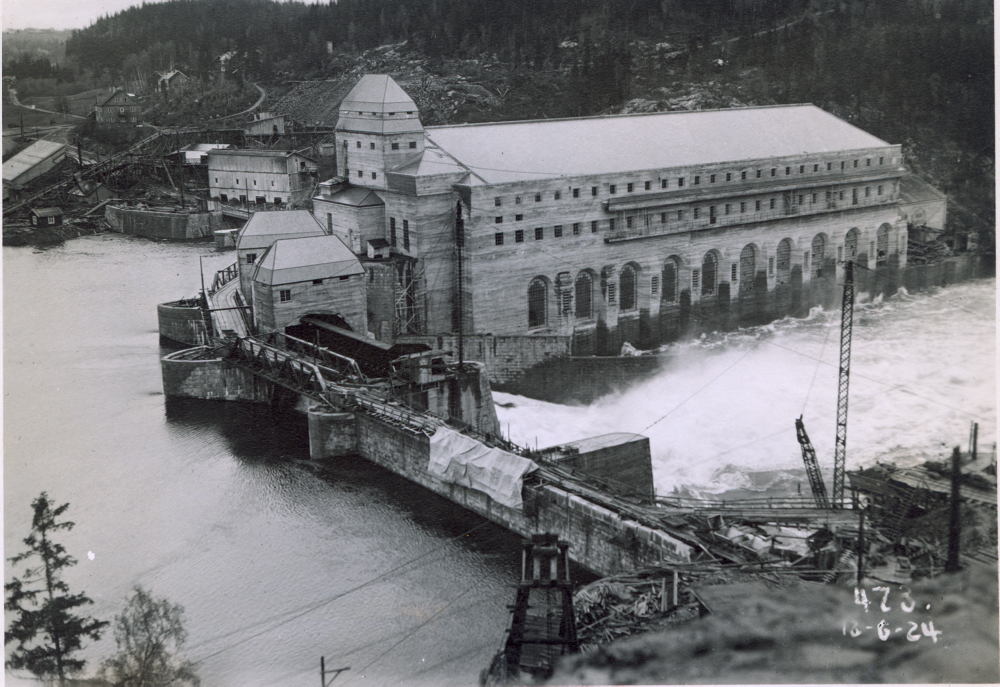
⚙️ What These Early Dams Looked Like
These early “dams” weren’t monumental concrete walls. Many were small diversion weirs or run-of-the-river systems using natural drops and modest water flows. It wasn’t about storing massive volumes but about tapping reliable kinetic energy to turn turbines—usually Francis or Pelton wheels.
🌍 Why It Mattered
- Renewable Energy Revolution: These early projects were the spark that ignited global interest in hydropower as a clean alternative to coal.
- Urban Electrification: Cities like Buffalo, Šibenik, and Hammerfest were among the first to glow with electric lights powered by rivers.
- Technological Breakthroughs: The successful use of alternating current (AC) transformed how energy was transmitted—over great distances and through complex grids.
💡 From Watermills to the Grid
Before the age of turbines, rivers powered watermills. The transition to electricity didn’t just modernize energy—it changed the shape of cities, industries, and daily life. And it all started with a few daring experiments at waterfalls and streambanks in the late 1800s.
📚 Want to Explore More?
- Dive into the environmental costs of hydropower in the 20th century
- Read about modern dam removals and river restoration
- Explore the largest dams in the world too
- Discover the earliest dams built by ancient civilizations across the world



